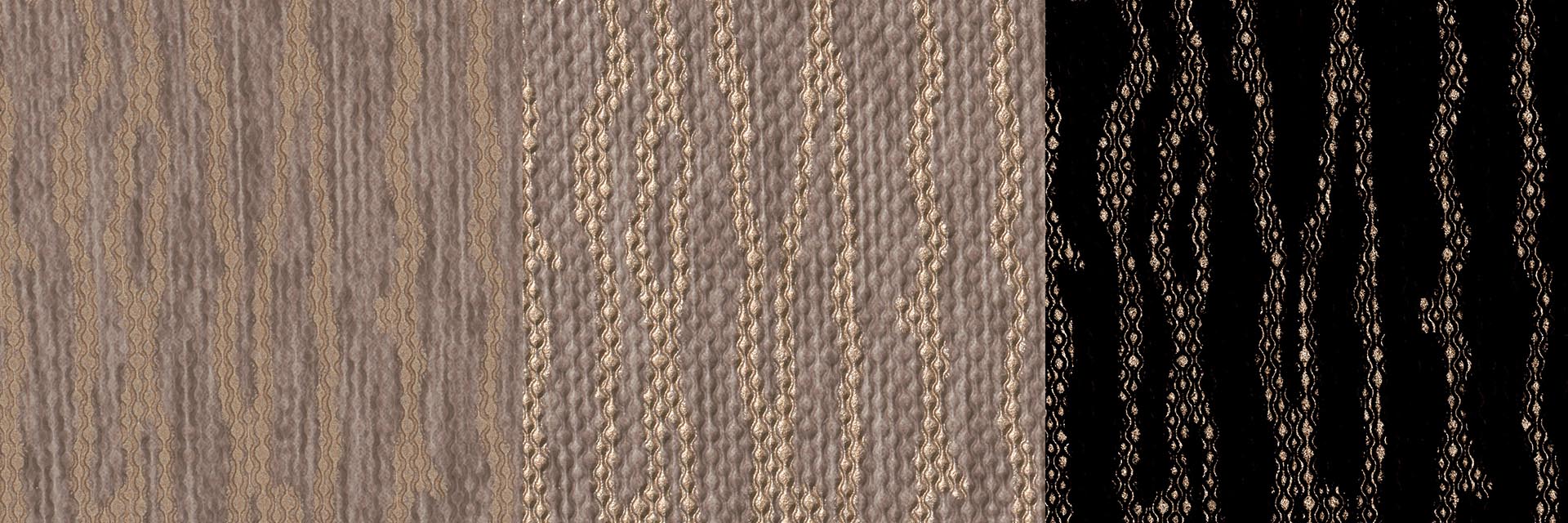Being able to scan also Glossiness information and translate it into usable data is one of the latest METIS achievements. This is a unique feature, only available on METIS scanners.
In practice, some originals may present different glossiness levels (on different areas) depending on the underlying material. For example, in a painting, some areas may be glossy and some other areas may be matte depending on the paint type that was used by the artist for the different colors. Some other time metallic parts or glossy particles are present only on specific areas of the original (e.g. a parchment with gold details, a wallpaper with shiny spots, a marble stone).
Being able to capture the different glossiness levels on the original surface and map them allow for many new applications and also to a better and more complete representation and reproduction of the scanned original.
Possible uses for the Glossiness MAP are:
- in the printing process, a glossy or matte finish can be added according to the glossiness MAP and therefore only over localized area of the print;
- in the printing process, special inks (e.g. gold, silver, etc.) can be used according to the glossiness MAP and therefore only over localized areas of the print;
- In CGI applications (3D rendering, generation of 3D material libraries, etc.) glossiness MAP can be used in order to mimic the natural response to light of the material/original scanned.

